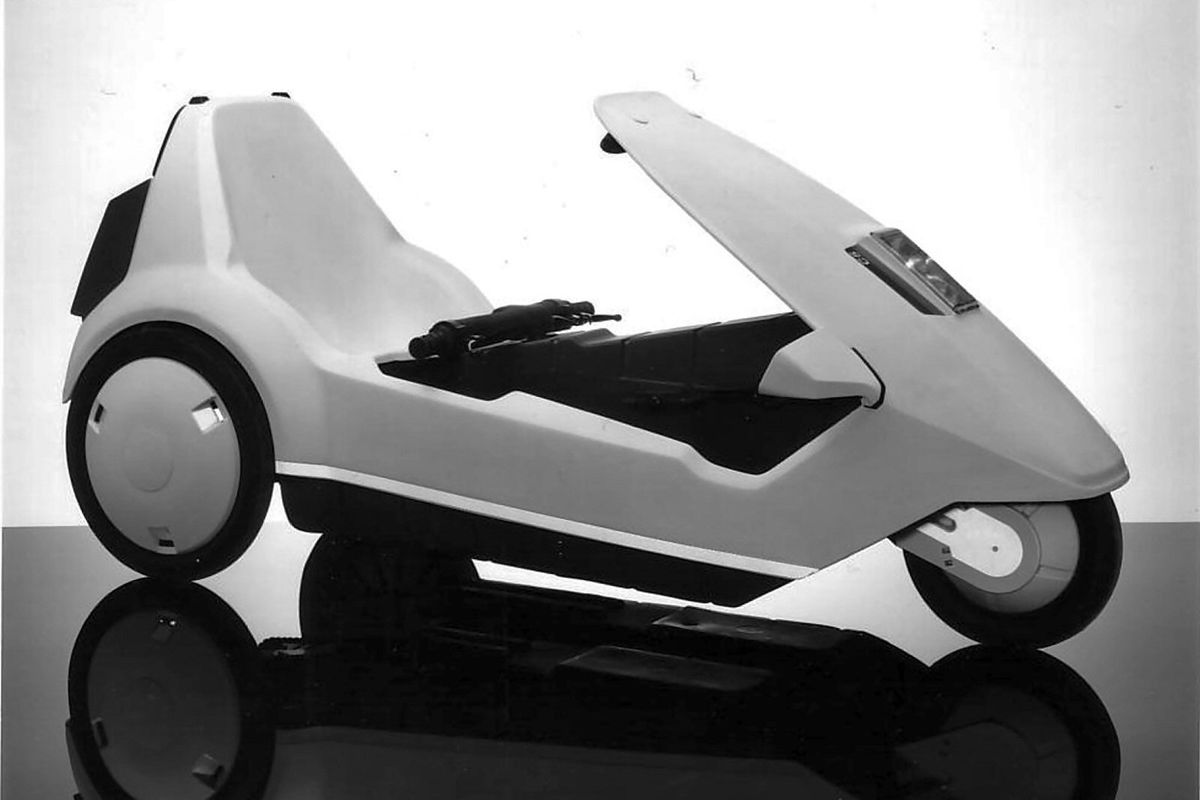
A version of this article first appeared in our free newsletter, to subscribe click here
I gave a presentation to a conference of the Pacific Northwest chapter of the AIAA.
The theme of the conference was “Breaking Barriers of the Impossible!”
Having spent a long time seeing very talented people (including myself) failing to achieve the eminently possible I agreed to present if I would be allowed to present the position opposing the theme of the conference and the AIAA generously agreed.
The full presentation with my notes is available here:
https://www.abbottaerospace.com/downloads/aa-cp-20212-001/
Any individual growing up in the 1980’s in England will recognize the three wheeled technological marvel used in the lead picture for this article, the Sinclair C5 (https://en.wikipedia.org/wiki/Sinclair_C5). This electric vehicle was going to revolutionize urban mobility. It was possible, it was legal and it failed. It failed because no one bought it. Compared to the alternative – a bike or a cheap car it did not make a compelling case to the market.
There are direct parallels to draw between the Sinclair C5 and the eVTOL ‘revolution’. The eVTOL crop of programs do face additional significant challenges in the ‘possible’ and ‘legal’ (regulatory) field as well as a projected market that is, well, projected rather than actual. I would not say eVTOL projects are impossible but…….
Maybe the risk and cost of eVTOL is worth it because we are going to save the planet. You know, beat back the oceans, regrow the glaciers and save some endangered species – the cute anthropomorphic ones in National Geographic.
For the presentation I looked at some costs and energy consumption figures. These are necessarily estimates based on available information but they are in the right order of magnitude. This is taken from slide 32:
We are told that eVTOL are green. The multi-billion dollar investments that are needed to make them work are an important part of saving the planet. The power consumption of, for example, the Archer Maker vs an electric powered Smart Car is around a factor of 17. For the same journey you are going to use over 10 times the amount of energy. It sounds like I would be greener going to the local grocery store in our 8 liter V12 truck. It turns out that it is. When I take the Chevy Silverado to the grocery store I am greener than eVTOL. I am so good. Saving the planet.
Do you really need an aircraft for urban travel? Emphatically no. Will you be able to afford the use of an aircraft for urban travel? For most people, emphatically no. Take a regular aircraft cost model and reduce the cost of fuel and maintenance to zero (the most optimistic assessment possible) and what is the seat cost per passenger mile?
Is eVTOL greener than any other alternative? Maybe if you commute alone in a diesel locomotive.
The fact is that the market only cares about ‘green’ as related to marketing. If ‘green’ products do not stack up well compared to the alternatives in terms of cost and utility no amount of green marketing will convince the market. At least not for long enough to make a difference.
To use a quote from the late, great Douglas Adams “The impossible often has a kind of integrity which the merely improbable lacks”
Engineers should avoid attempting the impossible. Impossibility is the remit of fiction writers and some lucky research scientists. In the words of Freeman Dyson:
“A good scientist is a person with original ideas. A good engineer is a person who makes a design that works with as few original ideas as possible. There are no prima donnas in engineering.”
To some people that makes engineering sound boring – but it is anything but. Engineering is the art of the possible. Art is always more interesting than science.

Comment On This Post